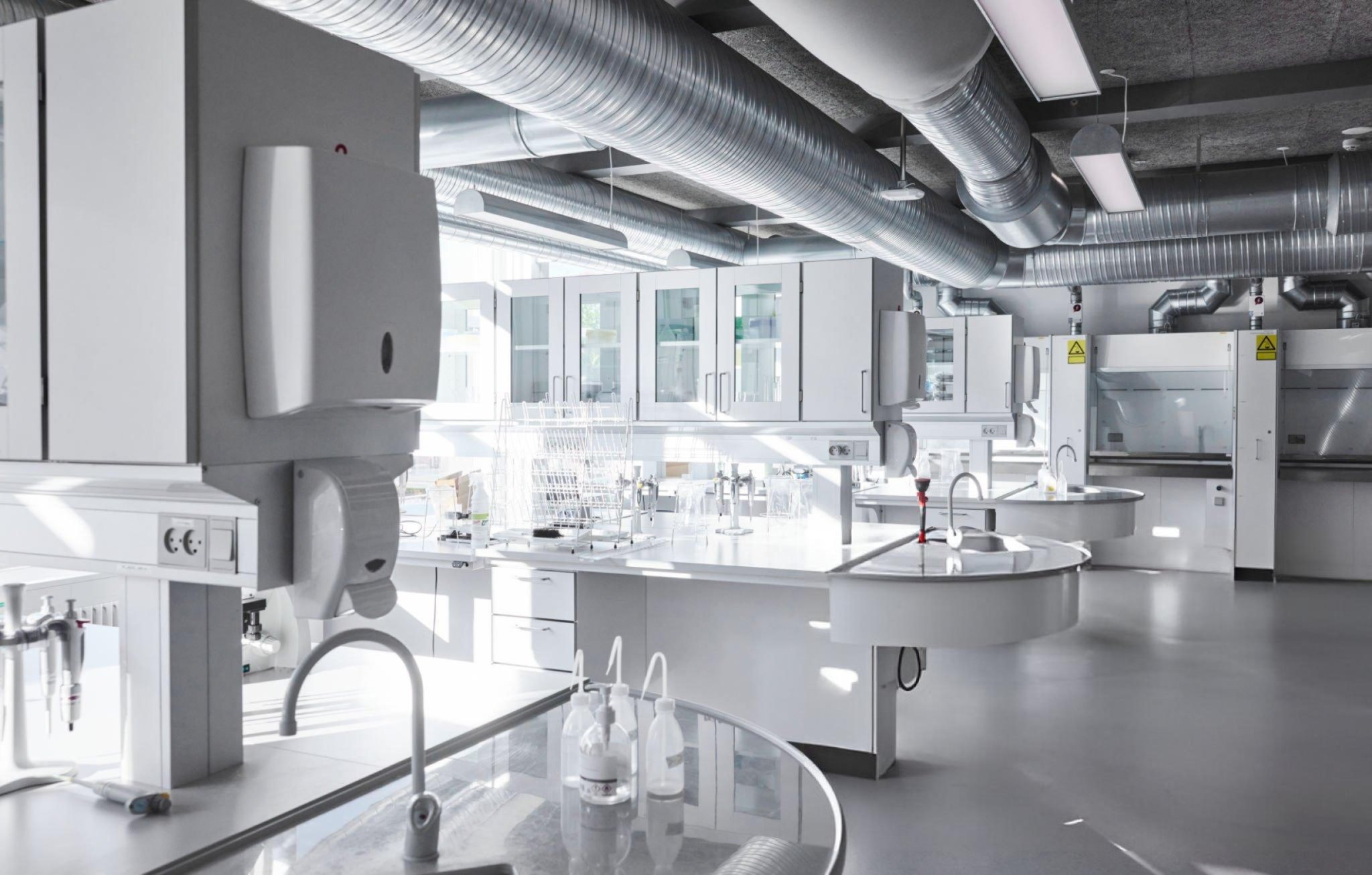Glasgow lab could help space industry dodge a bullet of deadly space debris
In a quiet basement at the University of glasgow, a slice of outer space has been recreated in a ground-breaking bid to tackle one of the space industry’s most pressing challenges — ensuring that 3D-printed structures made in orbit do not become lethal projectiles of space junk.
Researchers at the university’s James Watt School of Engineering have unveiled the NextSpace Testrig, the world’s first purpose-built facility designed to rigorously test the integrity of materials intended for 3D printing in the harsh conditions of space. Developed under the leadership of Dr Gilles Bailet, in partnership with the Manufacturing Technology Centre and supported by £253,000 in funding from the UK Space Agency, the laboratory represents a significant leap forward in space manufacturing safety.
The facility features a specially constructed vacuum chamber capable of replicating the extreme temperatures found in space, ranging from -150°C to +250°C, creating Earth-based conditions that closely mimic the orbital environment. The innovation aims to support the emerging field of space manufacturing — a domain poised to transform how equipment, structures and even habitats are created beyond Earth’s atmosphere.
Rather than launching entire components like solar reflectors or communication antennas aboard expensive rockets, space manufacturing envisions the use of advanced 3D printers capable of producing such items directly in orbit, dramatically reducing costs and increasing flexibility. Already, prototype 3D printers have been deployed on the International Space Station, and astronauts have successfully printed metal parts in microgravity. However, until now, no facility has been dedicated to ensuring that these 3D-printed components can survive the extreme and unforgiving conditions they will encounter.
In the vacuum of space, materials face intense physical strain. Flaws such as microscopic bubbles or unevenly fused segments, which may be trivial on Earth, can cause catastrophic failures in orbit, potentially shattering and generating high-speed debris. These fragments, travelling at speeds comparable to rifle bullets, could pose grave risks to satellites, spacecraft, and astronauts.
Dr Bailet stressed the importance of rigorous testing before such technologies are deployed widely. “3D printing holds immense promise for creating everything from communications antennas to spacecraft structures and even human habitats on the Moon and beyond,” he said. “But if we rush this technology without thorough testing, the consequences could be devastating. Any fragment from a poorly manufactured part could circle the Earth at lethal speeds, endangering other missions and escalating the problem of space debris.”
The nextspace Testrig has been designed not just for academic exploration but as an open-access facility for researchers, industry players, and regulatory bodies from around the globe. Its unique magazine system allows multiple samples to be autonomously tested in a single cycle, greatly improving efficiency over traditional testing methods. The system can apply forces of up to 20 kilonewtons — equivalent to 2,000 kilograms — under vacuum conditions, while also exposing materials to the thermal cycling characteristic of space.
This pioneering effort builds on Dr Bailet’s wider research into spaceborne additive manufacturing, including the development of a prototype 3D printer tested during parabolic flights on the so-called ‘vomit comet’.
He added: “We anticipate that the NextSpace Testrig will become an invaluable asset for the UK space industry. Glasgow is already an international hub for satellite manufacturing — producing more satellites than anywhere else in the world outside the west coast of the USA. By providing this facility, we will further enhance the UK’s competitiveness in the space sector and help ensure that future spacecraft assembled in orbit are both safe and reliable.”
The UK space agency has hailed the initiative as a key enabler for Britain’s ambitions in space innovation. Iain Hughes, head of the national space innovation programme, said: “We are proud to have supported the University of Glasgow in developing this world-first testing facility. Innovations like the NextSpace Testrig are critical to driving the UK’s leadership in space manufacturing, ensuring safe and sustainable operations in orbit while unlocking new economic opportunities.”







